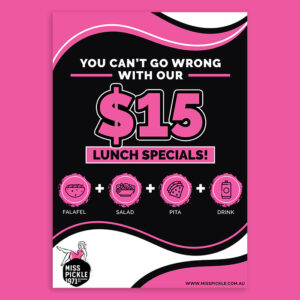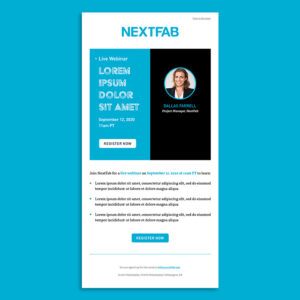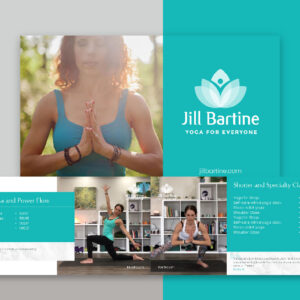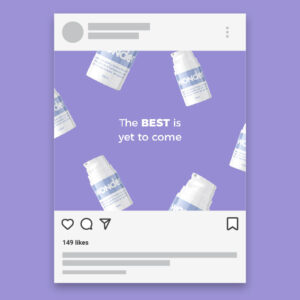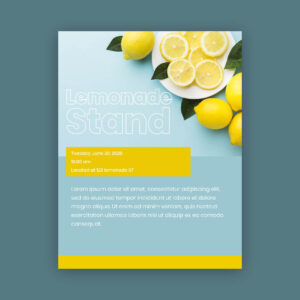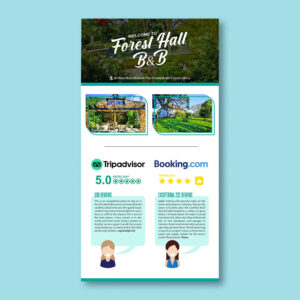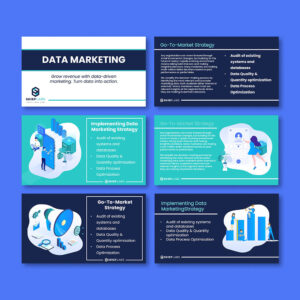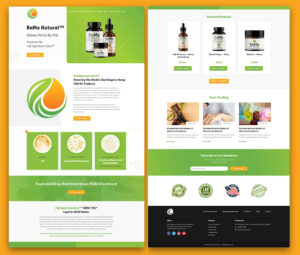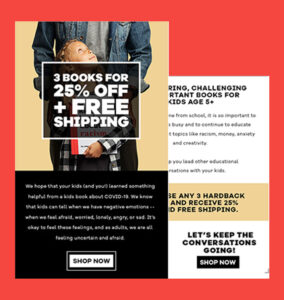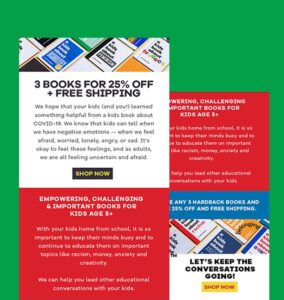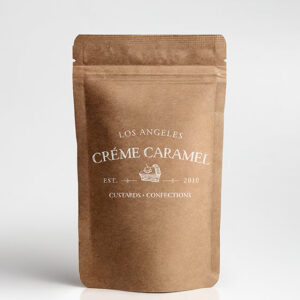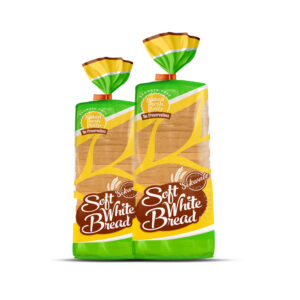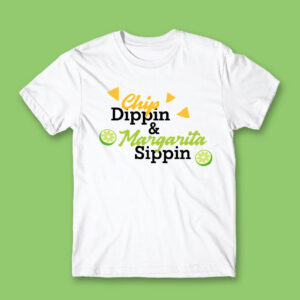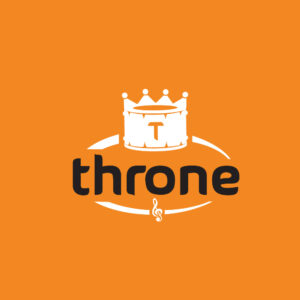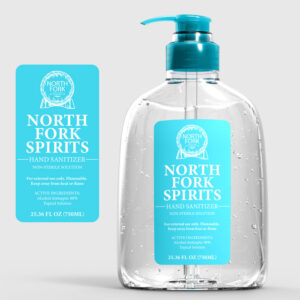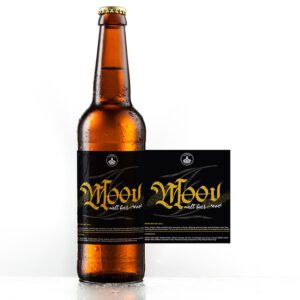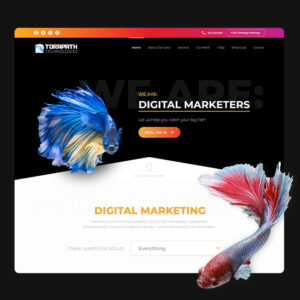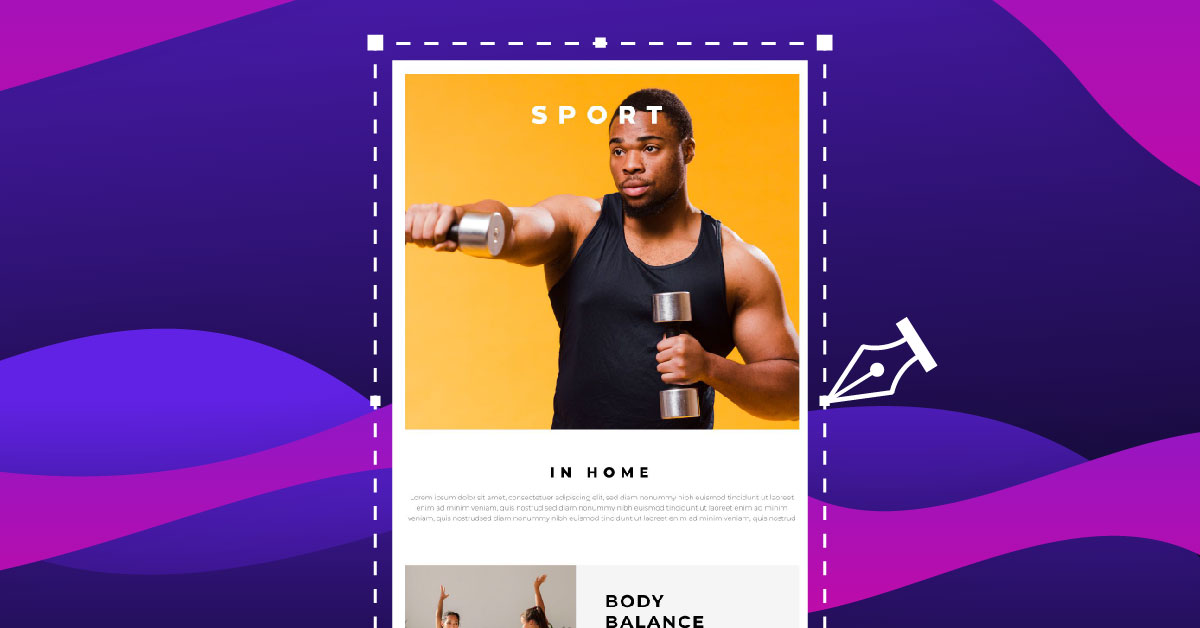
Email marketing is often misunderstood as outdated. However, this couldn’t be further from the truth. In fact, statistics reveal that 60% of consumers prefer to be contacted by businesses via email. This underscores the continued relevance and effectiveness of email marketing. And, at the heart of any successful email marketing campaign is a well-designed template. Here’s how to create an email template to breathe life into your marketing efforts.
Table of Contents
- What You Need to Do First
- Getting The Design Essentials
- Advanced Design Tips and Tricks
- Why You Need Penji
What You Need to Do First
Before you can start designing your email template, you need to consider a few things. These are crucial in crafting templates that get the attention of your exact audience. They are as follows:
Understanding Your Audience: The key to crafting effective email templates lies in understanding your recipients. Their demographics, such as age, location, and interests, will form the foundation of your email template design. This knowledge will guide your choice of tone, visuals, email length, and other formatting elements. It’s crucial to tailor your emails to your audience to maximize their impact.
Setting Clear Goals: Ask yourself, what action do you want your recipients to take? Do you want them to visit your website or make a purchase? Craft your calls to action to align with your business goals.
Staying Legal: If you’re not aware of it yet, there are email marketing regulations you need to consider when crafting an email design template. Depending on your location, you may want to check out and familiarize yourself with laws such as the CAN-SPAM Act in the US. This makes sure that you aren’t leaving any stone unturned with your marketing efforts.
Getting The Design Essentials
After laying the groundwork with the pre-design considerations, it’s time to make your email template visually appealing. Here are the design essentials that will add impact to your emails:
Building Recognition with Branding
Your email template will be an extension of your brand. Make sure you design it with consistency to build trust and recognition. Here’s how:
- The Power of Your Logo: Ensure your email prominently displays your logo. This reinforces brand recognition.
- Color Scheme: Use the same color palette as your website and other marketing channels. This ties your email with all your other marketing materials to create a cohesive and harmonious look. However, do not limit yourself to these colors. Feel free to explore what would be appropriate for your specific email. Use colors to your advantage, especially since they are powerful in evoking certain emotions that influence how your message is perceived.
- The Font Family: Select fonts that are consistent with your brand. Make sure they are legible and easy to read on smaller screens. Avoid ornate or complex types that can distract and clutter the design.
Guide Your Recipients’ Eye with a Solid Structure
Structure your email design template well to guide your recipients clearly and concisely. Use the following elements to achieve this:
- Inverted Pyramid Design: Begin your email with the most crucial information (headlines and summaries). Then, gradually provide more as you move down.
- Headings and Subheadings: Use killer headings to get the readers’ attention. The goal is to have them read your email and not throw it in the trash along with similar emails. The subheadings can make the body easily digestible by breaking up text.
- Preheader and Footer: Don’t forget these two essential email components: the text next to the subject line and the footer, which typically includes your contact info.
Compelling Content with Clear Calls to Action
Your email should engage and inform readers while driving action. Here’s how you can achieve that right balance:
- Always Be Concise: Avoid fluff by making your email body short and straight to the point.
- Leverage the Power of CTAs: Don’t make your readers second guess, tell them what to do. Strong calls to action (CTAs) that stand out and are easy to understand (Learn More or Shop Now).
- Personalize: When possible, personalize your emails by using the recipients’ names. You can also opt to send content that is relevant to them. This makes your email engaging with a more genuine and authentic feel.
Advanced Design Tips and Tricks
When done with the design essential, you can do the following advanced tips to enhance your email design template further:
A/B Testing for Optimization
This is where you create two versions of an email element and compare them to see which one works better. It could be your subject line, CTA button, or banner image. Take note of the following:
- Craft Variations: Create slightly different versions of your email template, focusing on a specific element you want to test.
- Send and Analyze: Send both versions to your test audience and track metrics such as open and click-through rates.
- Make Data-Driven Decisions: Use the data you gathered to determine which version performed better and use it in your following email.
Go For a Responsive Design
Make sure your email template looks good on whatever device you open it on, although mobile devices are the top players. Do the following:
- Craft Fluid Layouts: Your email template must automatically adjust to various screen sizes and orientations.
- Have Mobile-Friendly Elements: Use easy-to-click buttons and font sizes.
Optimize Your Images for Speed
While we discourage using too many images, it still pays to include them in your template. To avoid them from slowing down loading times, make sure to do the following:
- Reduce the File Size: Online tools and software such as Bulk Image Compressor do this without sacrificing the quality.
- Look for Alternatives: Find alternatives to complex visuals, such as GIFs or short videos, to manage the file sizes.
Power Your Campaigns with Email Automation
Email marketing automation tools such as Mailchimp and HubSpot can help simplify your email marketing. They do this by automating your email workflows. You can set up email sequences triggered by subscriber actions, such as sending welcome emails after sign-up or reminders for abandoned carts.
These tools can also customize your email content based on your subscribers’ data, like name, purchase history, or location.
Why You Need Penji
Knowing how to design email templates can help you craft the perfect ones for your brand. The guide above can help you do this with success, but what if you don’t have the time or patience for it? This is where you need to work with Penji.
Let our talented graphic designers create the best email templates for your business. Learn more about what we do by watching this short video. You can also start with your first email template by clicking on this link.
About the author

Celeste Zosimo
Celeste is a former traditional animator and now an SEO content writer specializing in graphic design and marketing topics. When she's not writing or ranking her articles, she's being bossed around by her cat and two dogs.

